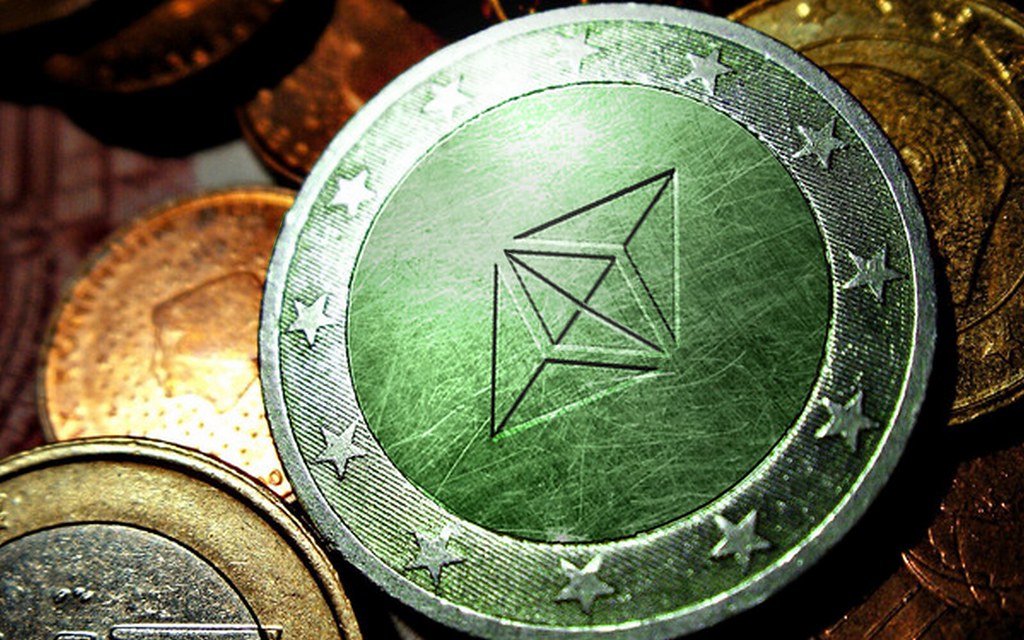Main Points:
- Over 10% of Ethereum validators now support increasing the network’s gas limit.
- Community-led initiatives like “Pump The Gas” are driving efforts to raise the gas limit.
- Potential benefits include reduced transaction fees and enhanced network throughput.
- Raising the gas limit poses risks to network stability and security, as highlighted by Ethereum Foundation.
- The move could significantly impact Ethereum’s ecosystem and its position relative to other blockchains.
- Recent developments indicate a growing consensus among key stakeholders, but challenges remain.
Growing Support Among Validators for Gas Limit Increase
In a significant shift within the Ethereum community, more than 10% of validators have now expressed support for increasing the network’s gas limit. This marks a notable rise from the previous support level of just over 1% prior to December. Validators play a crucial role in maintaining the Ethereum network’s integrity and efficiency, and their backing is essential for any substantial protocol changes. The increased support reflects a growing consensus that the current gas limit may be restrictive, potentially hindering the network’s scalability and ability to handle higher transaction volumes.
Community Initiatives Driving the Change
The momentum behind the push to raise Ethereum’s gas limit can be largely attributed to community-driven efforts. On March 20, 2024, prominent Ethereum core developer Eric Connor and former MakerDAO smart contract lead Mariano Conti launched the “Pump The Gas” campaign. This initiative advocates for increasing the gas limit to 40 million, aiming to enhance the network’s capacity to process more transactions per block. Conti has argued that such an increase could reduce Layer 1 (L1) transaction fees by 15% to 33%, making Ethereum more attractive for both developers and users.
The campaign has garnered support from various stakeholders, including solo stakers, client teams, mining pools, and other community members. In December, the movement gained further traction as Ethereum researchers like Justin Drake supported the proposal, suggesting that a gas limit of 36 million represents a safe 20% increase. This collaborative effort underscores the community’s commitment to addressing scalability challenges and optimizing the network’s performance.
Potential Benefits of Raising the Gas Limit
Increasing the gas limit holds several potential advantages for the Ethereum network. One of the primary benefits is the reduction of transaction fees. As Conti highlighted, a higher gas limit could lower fees by allowing more transactions to be included in each block, thereby easing congestion and distributing network resources more efficiently. This fee reduction could make Ethereum more competitive, especially in comparison to other blockchains that offer lower transaction costs.
Additionally, a higher gas limit would enhance the network’s throughput, enabling it to handle a greater number of transactions per second (TPS). This improvement is critical for supporting the burgeoning decentralized finance (DeFi) ecosystem and the proliferation of non-fungible tokens (NFTs), both of which demand high transaction volumes. By accommodating more transactions, Ethereum can better serve its growing user base and attract new projects, fostering innovation and economic activity within its ecosystem.
Moreover, raising the gas limit can incentivize developers to build more complex and resource-intensive applications on Ethereum. Current limitations may deter developers from creating advanced smart contracts or deploying large-scale decentralized applications (dApps) due to concerns about gas costs and network performance. An increased gas limit could alleviate these constraints, encouraging the development of more sophisticated and feature-rich applications.
Addressing the Risks: Stability and Security Concerns
Despite the potential benefits, raising the gas limit is not without its risks. Ethereum Foundation’s Tony Vester suggested that increasing the gas limit could pose significant threats to the network’s stability and security. One of the primary concerns is that a higher gas limit might make it more challenging for solo node operators to validate and download the blockchain, potentially leading to centralization. If running a node becomes too resource-intensive, fewer individuals may be willing or able to participate, undermining Ethereum’s decentralized ethos.
Additionally, a sudden or substantial increase in the gas limit could trigger unforeseen external factors, such as excessive storage or bandwidth usage. These issues might arise from the need to accommodate more transactions and the associated data, potentially straining network infrastructure and leading to performance degradation. Such challenges could compromise the user experience and deter participation from both developers and users.
Furthermore, increasing the gas limit may expose the network to new security vulnerabilities. A higher transaction volume could make the network more susceptible to certain types of attacks, such as denial-of-service (DoS) attacks, where malicious actors attempt to overwhelm the network with excessive transactions. Ensuring robust security measures are in place to mitigate these risks is essential before implementing any changes to the gas limit.
Implications for Ethereum’s Ecosystem and Competition
The decision to raise the gas limit carries significant implications for Ethereum’s broader ecosystem and its position relative to other blockchain platforms. By enhancing scalability and reducing transaction fees, Ethereum can strengthen its competitive edge against rivals like Binance Smart Chain, Solana, and Avalanche, which have been lauded for their higher throughput and lower costs. Improved scalability could attract more developers and projects to Ethereum, fostering a more vibrant and diverse ecosystem.
Moreover, the move could influence the adoption of Layer 2 (L2) scaling solutions. Currently, many projects rely on L2 solutions like Optimistic Rollups and zk-Rollups to achieve higher scalability and lower fees. While these solutions have their merits, integrating a higher gas limit on the mainnet could reduce the dependency on L2s, simplifying the development process and enhancing user experience by minimizing the need for multiple layers of interaction.
However, the transition must be managed carefully to avoid disrupting existing applications and user experiences. Ensuring backward compatibility and maintaining network stability during the upgrade process are paramount. A well-executed gas limit increase could solidify Ethereum’s status as the leading smart contract platform, but any missteps could have adverse effects on its reputation and reliability.

Recent Developments and Future Outlook
Recent developments indicate a gradual but steady shift towards supporting a higher gas limit within the Ethereum community. The involvement of key researchers and the backing of influential figures like Justin Drake suggest that the proposal is gaining academic and technical validation. This growing support base enhances the credibility of the initiative and increases the likelihood of its success.
In addition to the “Pump The Gas” campaign, other proposals and discussions are underway to address Ethereum’s scalability challenges. These include further optimizations to the network’s consensus mechanisms, advancements in sharding technology, and improvements to existing scaling solutions. The combined efforts of these initiatives could provide a comprehensive approach to enhancing Ethereum’s performance and sustainability.
Looking ahead, the future of Ethereum’s gas limit will likely depend on balancing the benefits of increased scalability with the imperative to maintain network security and decentralization. Continuous dialogue among developers, validators, researchers, and the broader community will be essential in navigating this complex landscape. As the ecosystem evolves, Ethereum’s ability to adapt and implement effective solutions will determine its long-term viability and dominance in the blockchain space.
Navigating the Path Forward for Ethereum’s Scalability
The push to raise Ethereum’s gas limit represents a pivotal moment in the network’s evolution. As validators increasingly support this change, the community must carefully weigh the potential rewards against the inherent risks. Achieving the right balance will require meticulous planning, robust security measures, and ongoing collaboration among all stakeholders.
Ethereum has long been at the forefront of blockchain innovation, and its ability to scale effectively is crucial for maintaining its leadership position. By addressing scalability challenges head-on and implementing thoughtful enhancements like a higher gas limit, Ethereum can continue to drive the adoption of decentralized technologies and empower a new generation of applications and services.
In conclusion, the movement to increase Ethereum’s gas limit is a testament to the network’s dynamic and proactive community. While the path forward is fraught with challenges, the collective efforts of validators, developers, and researchers hold the promise of a more scalable, efficient, and resilient Ethereum network. As the ecosystem continues to grow and evolve, the successful implementation of these initiatives will be instrumental in shaping the future of blockchain technology.


